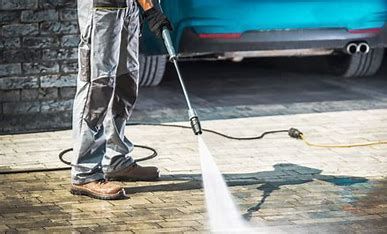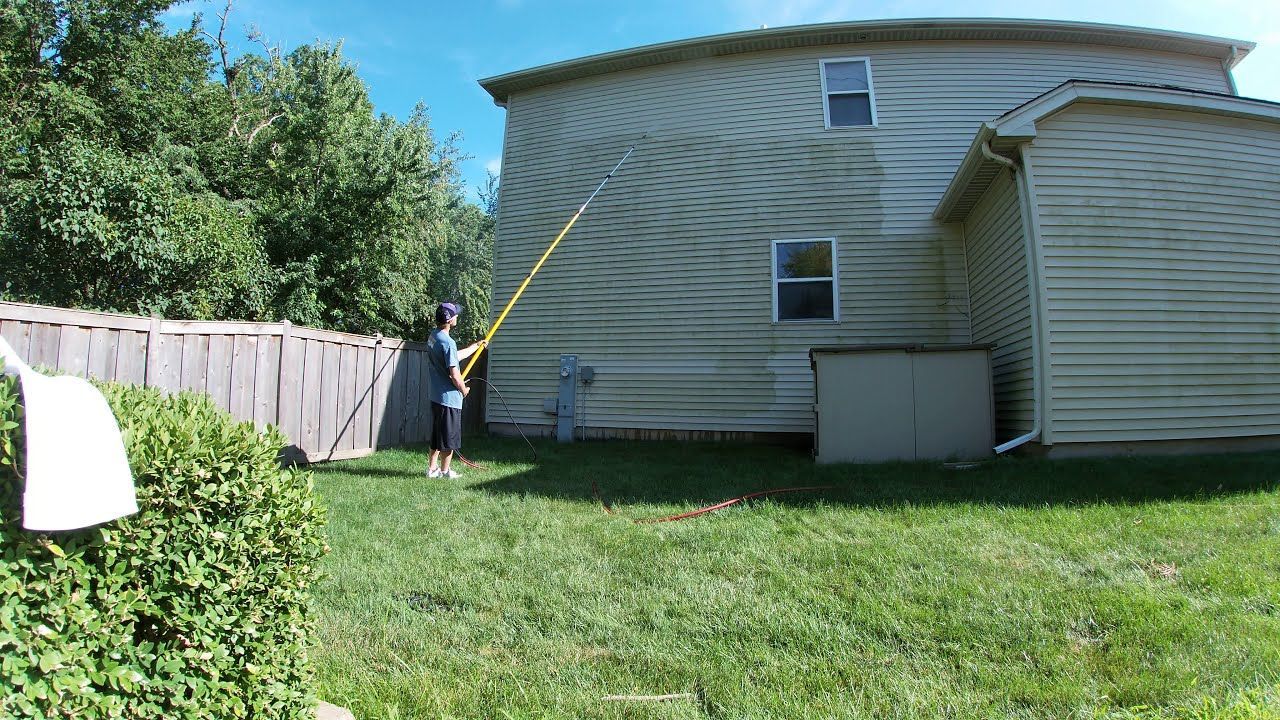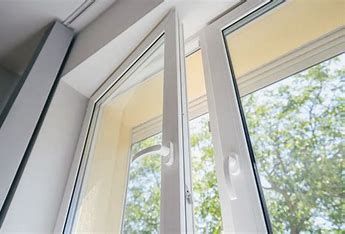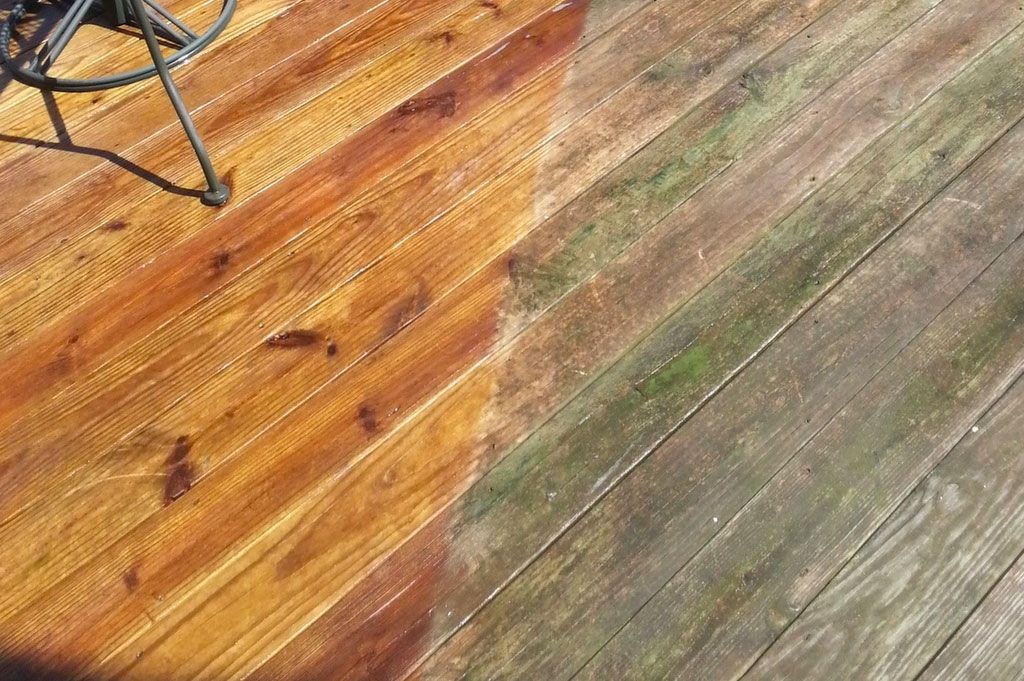Roof Soft Wash vs. Pressure Wash
What’s the Difference and Why It Matters
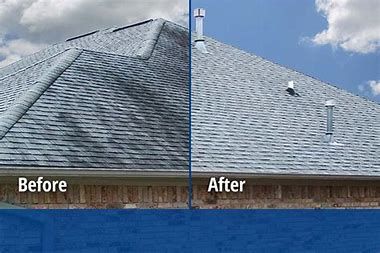
What Is Roof Soft Washing?
Roof soft washing is a low-pressure cleaning method that uses a combination of specially formulated cleaning solutions and water to gently break down and remove dirt, algae, mold, and other contaminants from your roof. The solution is applied at a lower pressure (typically under 100 PSI), which is safe for most roof types, including asphalt shingles, clay tiles, and wood shakes.
The cleaning solution, which often includes detergents, bleach, and other biocides, is designed to target the root cause of algae and mold growth, killing it at the source. After the solution has had time to break down the contaminants, the roof is rinsed gently, leaving your roof clean and free of harmful growth.
What Is Pressure Washing?
Pressure washing, on the other hand, uses high-pressure water (often exceeding 1000 PSI) to physically blast away dirt, debris, and stains from the roof. This method is effective at cleaning hard surfaces and is often used for tasks like cleaning driveways, sidewalks, and exterior walls. However, when used on roofs, high pressure can cause serious damage.
Key Differences Between Roof Soft Washing and Pressure Washing
- Pressure Levels:
- Soft Washing: Uses low-pressure water, typically under 100 PSI. This is gentle enough to avoid damaging delicate roofing materials.
- Pressure Washing: Uses high-pressure water, often exceeding 1000 PSI. The force of the water can be too aggressive for roof surfaces, leading to shingle damage, water infiltration, and even dislodging roofing materials.
- Effectiveness on Stubborn Growth:
- Soft Washing: The cleaning solution in soft washing targets the root cause of algae, mold, and moss growth. It kills these growths at the source, preventing them from regrowing quickly.
- Pressure Washing: Pressure washing can remove visible algae or moss, but it doesn’t address the root cause, meaning the growth can return more rapidly. It also doesn’t kill mold or algae, so regrowth is likely within a short period.
- Safety for Roof Materials:
- Soft Washing: Safe for all roof types, including asphalt shingles, tiles, and wood shakes. Because it uses low pressure, it doesn’t risk damaging the roof or causing water to penetrate beneath shingles.
- Pressure Washing: High pressure can strip away the protective granules from asphalt shingles, causing them to deteriorate faster. It can also force water underneath roofing materials, leading to leaks or water damage.
- Longevity of Results:
- Soft Washing: Results last much longer because the cleaning solution kills the algae and mold at the root, helping to prevent regrowth for months or even years.
- Pressure Washing: The results are temporary. Since pressure washing doesn’t kill algae or moss, these contaminants will likely return in a short time.
- Environmental Impact:
- Soft Washing: The cleaning solution is biodegradable and designed to be safe for the environment. However, care must be taken to avoid runoff into plants or nearby water sources.
- Pressure Washing: The high-water pressure often means more runoff, and without the use of cleaning solutions, pressure washing may leave dirt and grime to resettle elsewhere.
Why Choosing the Right Method Matters
When it comes to maintaining your roof, the method you choose for cleaning is just as important as the materials used. Here's why:
- Protect Your Investment: Your roof is one of the most expensive parts of your home, and damage caused by improper cleaning methods can shorten its lifespan. Roof soft washing ensures that your roof is cleaned gently and safely, preserving its structure and appearance.
- Prevent Expensive Repairs: Pressure washing can create cracks, dislodge shingles, and even cause water to seep underneath your roof, leading to long-term damage and expensive repairs. Soft washing, on the other hand, is specifically designed to avoid these risks.
- Improve Curb Appeal: A clean roof enhances the overall appearance of your home. Soft washing not only removes dirt and algae, but it also restores the original color and beauty of your roof, boosting curb appeal and making your home more attractive to potential buyers if you ever decide to sell.
- Long-Term Results: Soft washing removes the root cause of roof stains, leading to long-lasting results. With pressure washing, the stains are likely to return quickly, forcing you to clean the roof again soon.
Which Method Should You Choose?
For most homeowners, roof soft washing is the preferred option. It’s safer for your roof, more effective at removing algae and mold, and provides long-term benefits. Pressure washing may seem like a faster solution, but the risks of damage and the likelihood of regrowth make it less effective for roof care.
If you’re unsure about which method to choose, consider consulting a professional power washing service. A skilled technician can evaluate your roof type and recommend the best cleaning solution for your needs, ensuring that your roof remains in top condition for years to come.
When it comes to cleaning your roof, it’s important to choose the right method to ensure the safety, longevity, and appearance of your home. Roof soft washing offers a gentle, effective, and environmentally friendly solution for homeowners looking to improve their curb appeal and protect their investment. By understanding the differences between soft washing and pressure washing, you can make an informed decision that’s best for your home.
If you're ready to restore your roof with a professional soft washing service, contact us today for a free estimate!
Ready to work with Tong's Powerwashing?
Let's connect! We’re here to help.
Send us a message and we’ll be in touch.
Or give us a call today at 317-677-3182
Agency Contact Form
More Marketing Tips, Tricks & Tools



